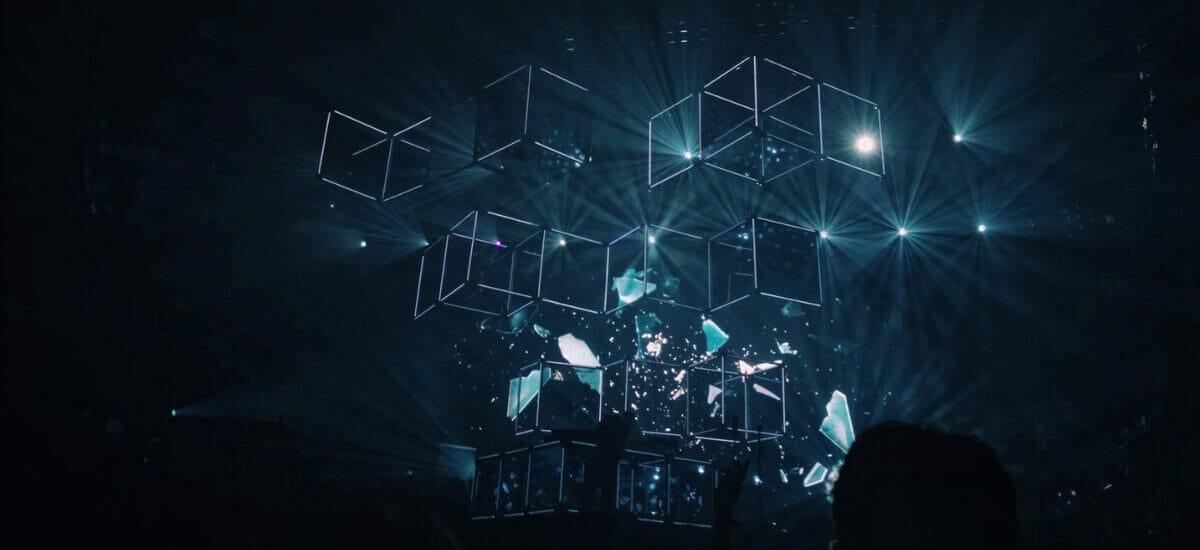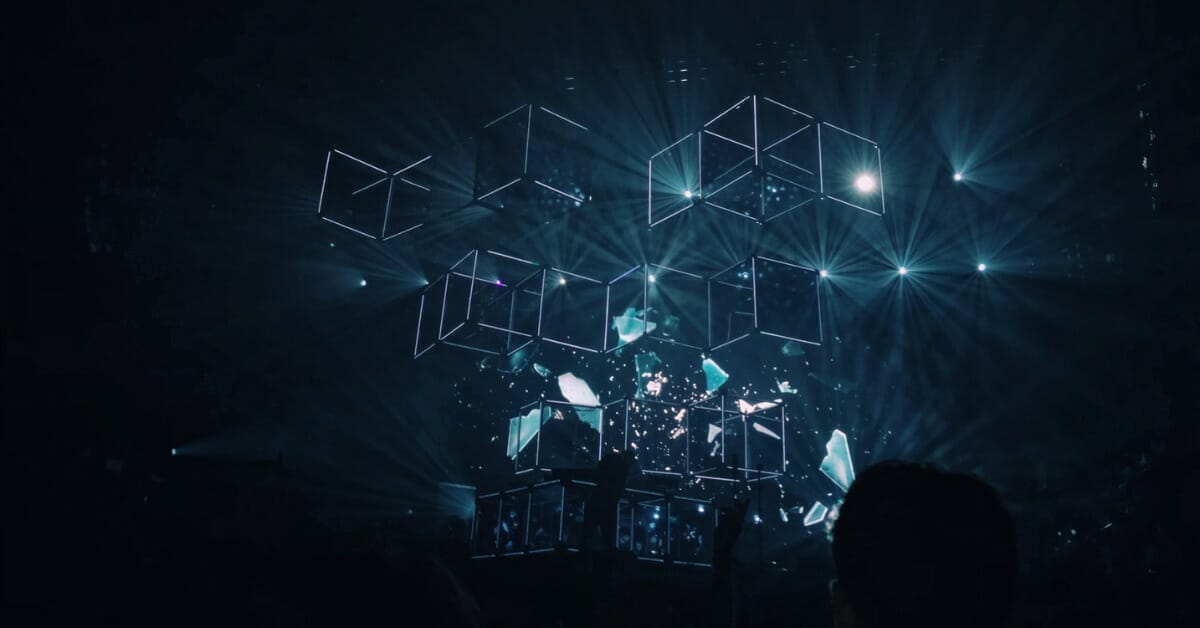

A Blog Article About ChatGPT (Mostly) Written by ChatGPT
Alyssa Bauer | December 8, 2022
If you’re a public relations (PR) or marketing professional, you’ve probably heard of ChatGPT, the recently opened AI-powered chatbot built by OpenAI that’s taking the world by storm. But what is ChatGPT, how can it benefit communications professionals, and will it replace our written craft? In this blog post that’s mostly written by ChatGPT, we’ll explain everything you need to know about this disruptive technology and how writers can leverage the tool to connect with audiences in new and innovative ways.
At its core, ChatGPT is a powerful AI-powered chatbot that uses natural language processing (NLP) to engage with users in real-time conversations. It’s designed to simulate human conversation and help businesses build personalized, interactive experiences with their customers.
ChatGPT is powered by GPT-3, the latest and most advanced version of OpenAI’s language model. This technology allows ChatGPT to understand and respond to user input in a way that feels natural and conversational. It can handle a wide range of topics and can even switch between multiple languages on the fly.
While there are many benefits to using ChatGPT for PR and marketing, here are just a few to keep in mind:
As emerging platforms and technology continue to disrupt the way we work, PR and marketing professionals can leverage these versatile tools to streamline operations and better serve their clients. ChatGPT is just one example of cutting-edge AI technology that has the potential to revolutionize the industry. By automating customer service and support processes, ChatGPT can help companies provide faster and more personalized service to their clients.
“This is a great example of how new technologies can help us be more creative and intelligent. By using them responsibly and ethically, we can help make the world a better place” added Beni Gradwohl, CEO and co-founder of Cognovi Labs, an Emotion AI company that empowers clients with the predictive tools to engage, anticipate and shape their impact.
However, writers shouldn’t be concerned with AI-generated content replacing their craft… for now. While this chatbot shows just a glimpse of the future of written content, it’s important to remember it replicates the structure and format of human writing. It can serve as a strong foundation for the creativity and individuality that human writing creates. It’s the empathy and experiences that shape our messages, and until AI can mirror our collective connections, writers have nothing to worry about.